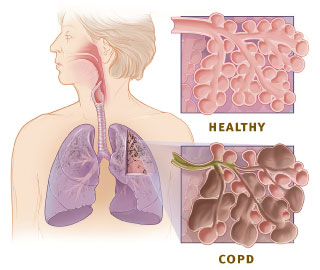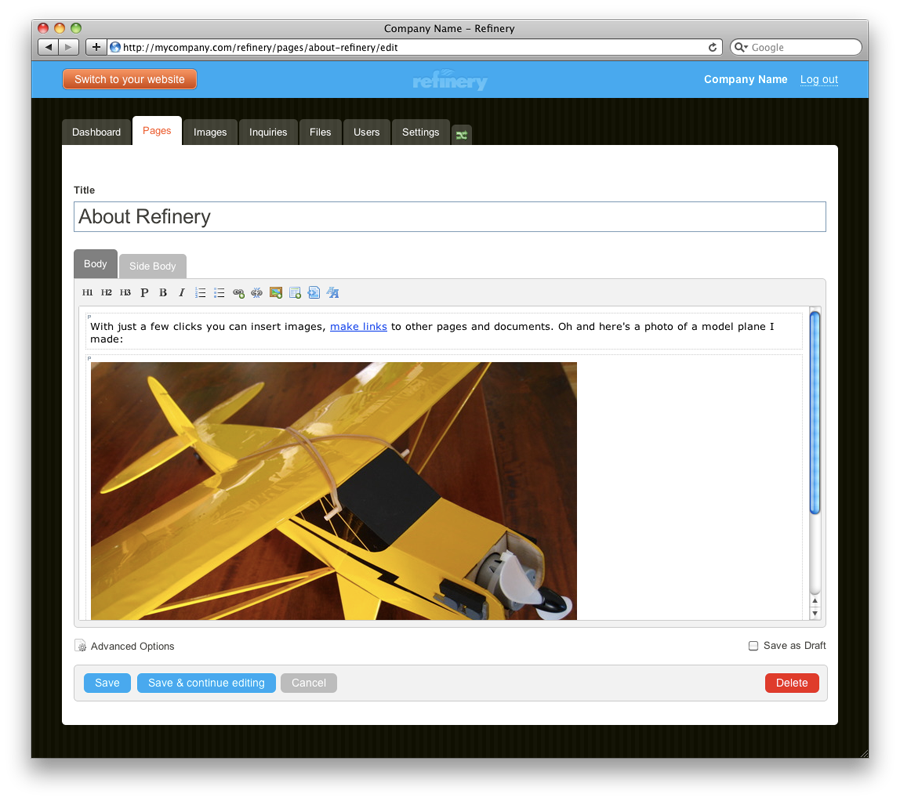Top Five Emerging Storms in the Stratosphere of Cloud Computing
Serverless computing, also known as 'Function as a Service' (FaaS), is not a new concept but its relevance and importance are now being truly felt in the stratosphere of cloud computing. The beauty of serverless computing rests in abstracting away the infrastructure, enabling developers to focus solely on individual functions in their application code. Infrastructure concerns - like server maintenance and capacity planning, are handled by the cloud providers.
What makes serverless computing truly revolutionary is its cost-effectiveness. With this computation model, you only pay for the computing power used, effectively eliminating wastage of unused resources. This affordability factor has accelerated the adoption of serverless computing by startups and major corporations alike.
While concerns around cold start times, vendor lock-in, and architecture complexity exist, the rapid evolution of serverless computing indicates it could very well be the cloud dilemma solver many are seeking.
The Era of Hybrid Cloud
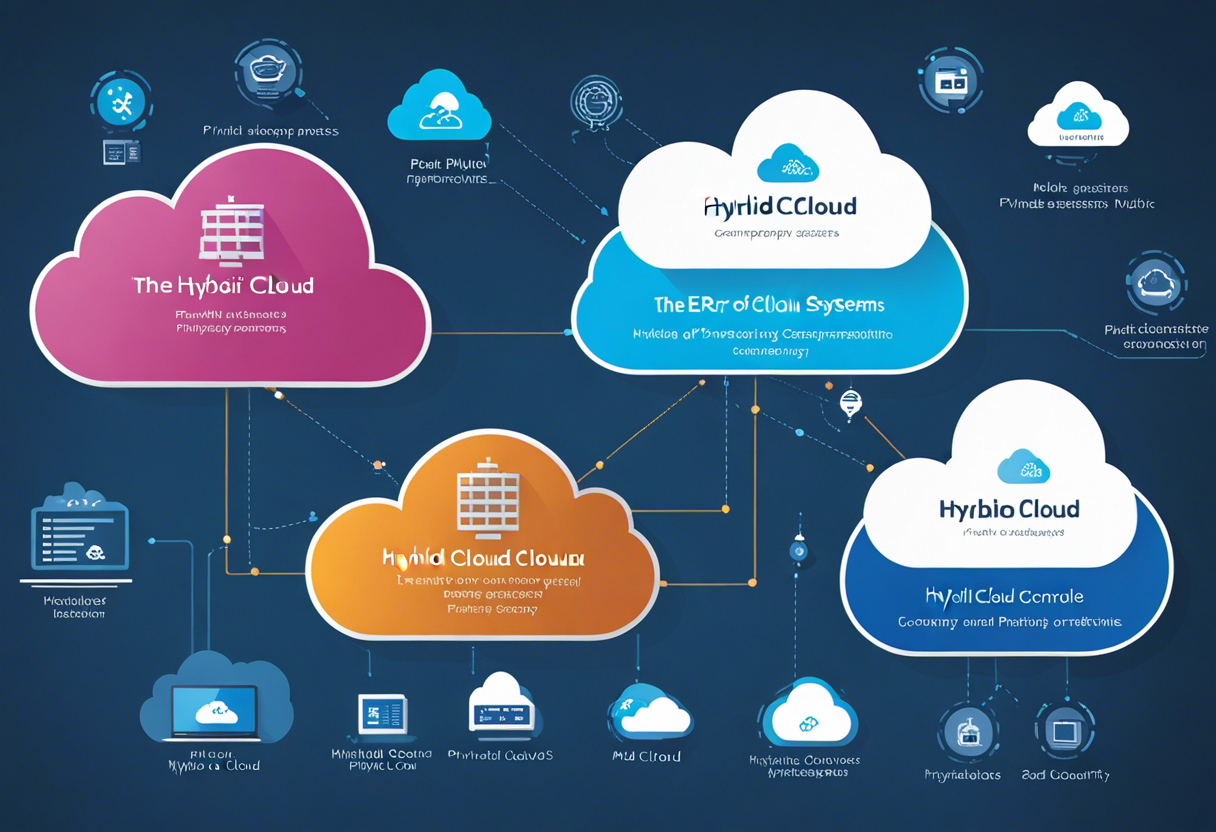
The second turbulence in the stratosphere of cloud computing is the rise of hybrid cloud systems. This approach combines elements of both public and private clouds, aiming to achieve a balance between cost benefits, scalability, and security.
Decision-makers are increasingly leaning towards hybrid cloud systems, primarily because of their flexibility to move workloads between public and private platforms as costs, security, and technology change. This blend allows users to enjoy the cost-effectiveness of the public cloud with the security and control of a private space.
However, as appealing as hybrid clouds may seem, they come with their challenges such as integration complexities and potential latency issues. Despite these hurdles, their growth trajectory indicates a promising future.
Edge Computing Gaining Edge
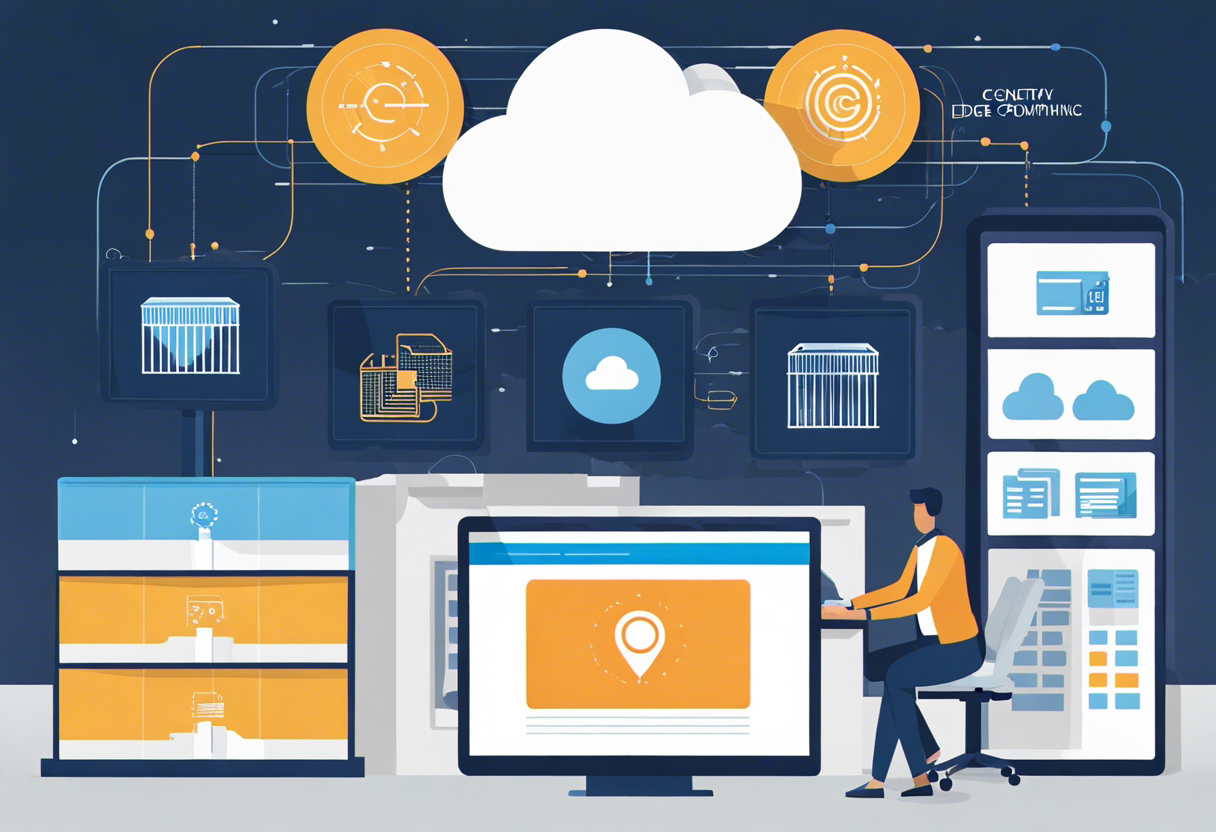
Another emerging storm in the cloud computing stratosphere is edge computing. Put simply, it involves pushing the computation and data storage closer to the location where it's needed, improving response times and saving bandwidth.
With the proliferation of Internet of Things (IoT) devices, edge computing addresses latency issues that are a common concern in centralized cloud systems. By processing data near the source, it reduces the need for long-distance communication with a data center, thereby improving speed and performance.
However, with these advantages come potential challenges such as security risks and the need for newer infrastructure. Despite these, edge computing's promise of improved connectivity and speed puts it at the forefront of cloud computing's future.
Quantum Computing: Redefining Cloud Computing Paradigms

Preparing to shake the cloud computing stratosphere is quantum computing. Quantum computing leverages the principles of quantum physics to perform complex computations much quicker than traditional computers. This technology has the potential to drastically boost processing power, an invaluable tool in the field of cloud computing.
Quantum cloud services, like Amazon's Braket, are providing an avenue for developers and scientists to explore quantum technology without the need for owning a quantum computer. Despite being in its nascent stages, quantum computing is already showing its potential to redefine established paradigms.
Rise of the Autonomous Things
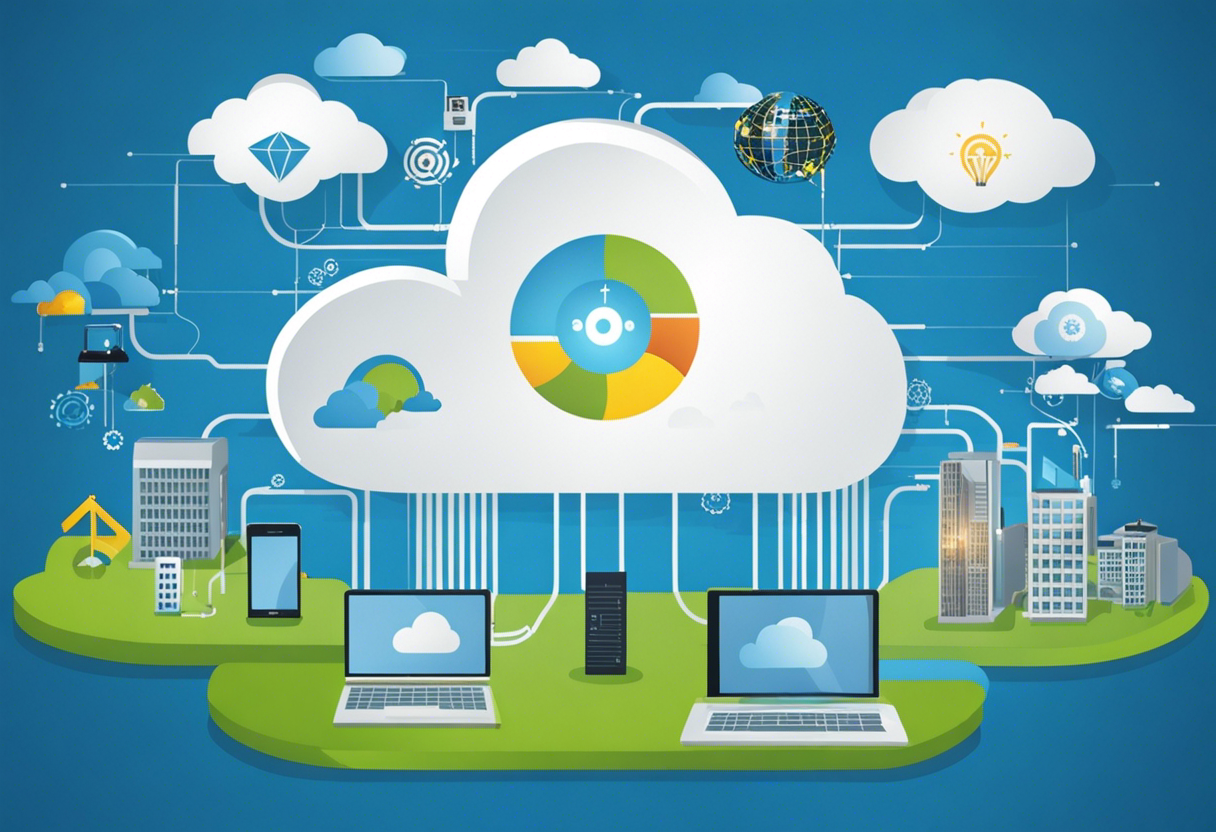
Autonomous things, which operate independently of human involvement, are gaining attention in the cloud computing space. Enabled by AI and machine learning, these devices can interact with their environment, make decisions, and complete tasks with minimal human intervention.
Cloud computing plays a critical role in supporting these autonomous things, especially in large-scale deployments where the data generated is astronomical. The cloud can handle these magnitudes of data efficiently, providing the necessary processing power for real-time analysis.
While it's significantly still developmental, the complexity and potential impact of autonomous things make it a critical factor to consider in the evolving cloud landscape.
AI-Driven Development
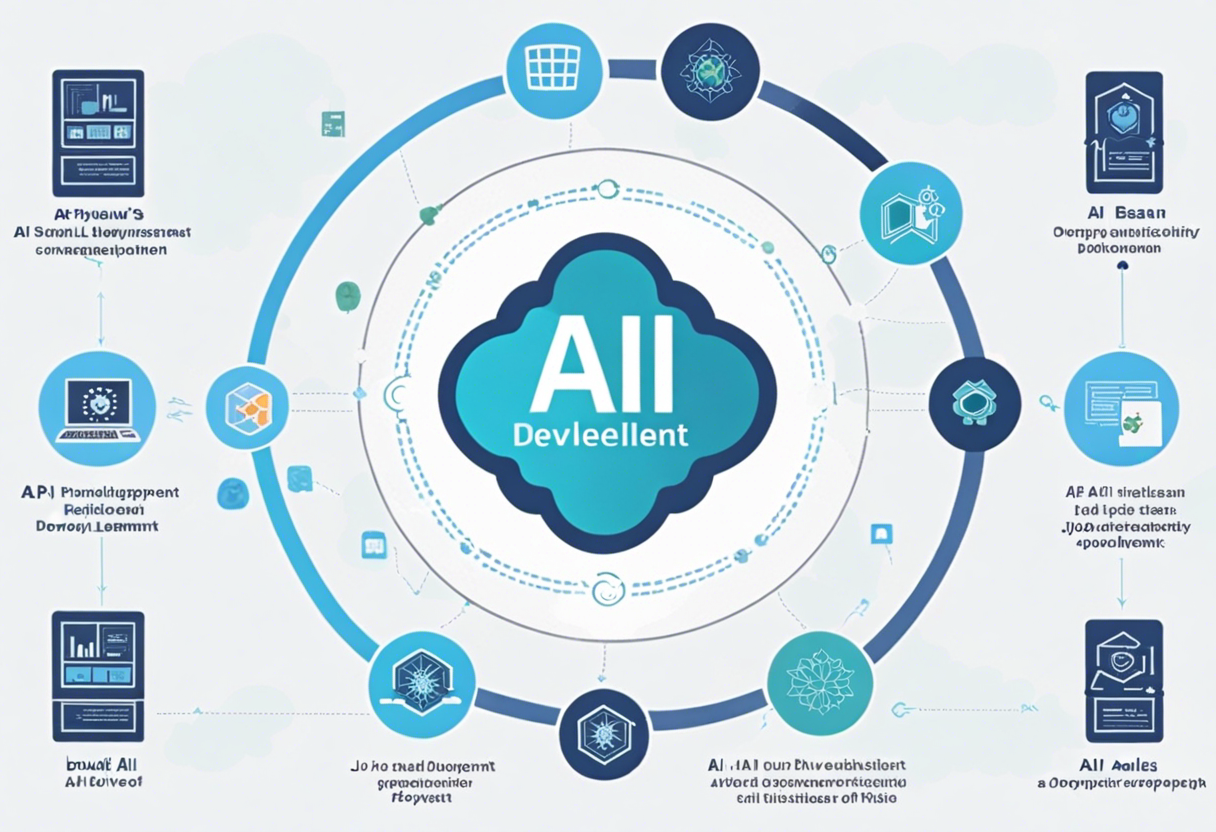
Finally, but certainly not minimally, is AI-driven development. This isn't just about leveraging AI to optimize operations, rather it's about integrating AI within the system's development process itself.
AI-driven development opens the possibility for systems that can self-learn, self-heal, and even self-evolve. It is opening new sectors in the cloud computing field like AI-driven coding, which simplifies the coding process for developers. AI-driven development presents a host of opportunities but also raises concerns around job loss, ethics, and cybersecurity.
Despite the challenges, AI-driven development, by simplifying and amplifying development processes, is set to be a game-changer in the cloud computing arena.
